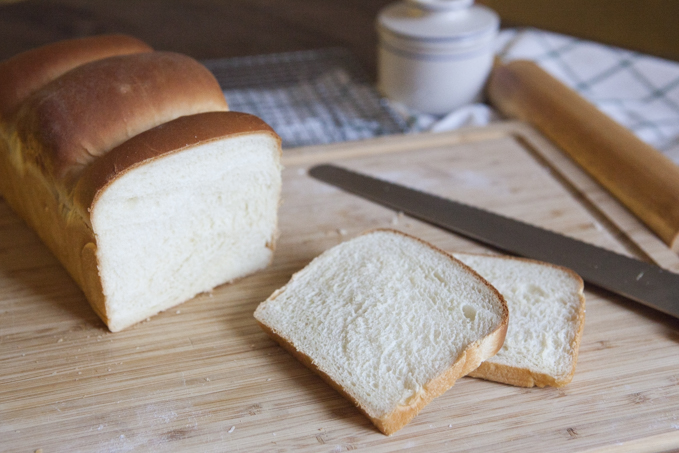What Is Sushi? Exploration of Japanese Rice

Let's first start with the purchasing of rice. I am a firm believer that rice is worth spending money on. A premium 15 pound bag of rice usually costs around $30 and can last you months in a household of two. And we eat rice all the time. So many Japanese dishes rely on rice, so please, don't skimp. My favorite brand is Kagayaki Select but usually the price will tell you the quality of the rice.


1. Wash the rice thoroughly with cold water: Unlike other rice, you need to remove the surface starch of Japanese rice so that the cooked rice is not too sticky. I like to use a rice washing bowl which has a sieve at the top making it easier to drain the water after each washing. Fill the bowl with water to cover the rice and vigorously swish your hands in the rice water and drain. Repeat until the water is no longer cloudy. With Kagayaki it's about 3 times. Some of the cheaper rice may take longer.
2. Drain the rice completely and transfer into a pot with a heavy lid or the bowl of a rice cooker. If you're using a rice cooker, it probably has a measuring cup and will guide you on how much water to add. If you're using a pot, it's 1:1 rice to water ratio by volume with just a tad more water.
3. The third is the last step in a rice cooker. You just press cook and wait until the rice is perfectly cooked. If you're going stove top, let the rice soak for 30 minutes to an hour if you have the time. It helps to cook the rice evenly as the rice absorbs the water.
4. Cooking the rice stove top is a bit of a challenge. You have to keep the lid on the pot the entire time so you have to constantly listen to the sound of the water. Bring the water to a boil over high heat and immediately turn down to low. Cook for 10-15 minutes or until the water is completely absorbed and then let it steam off the heat for another 10 minutes.
5. Open the lid (finally!) and mix the rice carefully so as not to crush the grains.
When making sushi rice, you flavor the rice once it's fully cooked. Because we add liquid once again, I usually cook the rice with slightly less water. If you're lazy like me and make a lot of sushi, you can use the Mizkan Sushi Rice Vinegar and follow the steps to flavoring the rice. Otherwise, all you need is rice vinegar, salt, and sugar. See below for the full sushi rice recipe.
You can use this sushi rice for chirashi, nigiri, inari, maki, gomoku, oshi or temaki. One day I will get to all of these, but today we'll talk temaki. The idea is that everyone shares a platter of sashimi grade fish (or veggies if you're vegetarian) and assemble individual rolls in your hand.
Make sure to get your fish from a trusted fishmonger. If you're in NYC, you can go to a Japanese grocery store like Sunrise Mart or the Union Square Greenmarket. This time I got my fish in my hometown Boston, so I went to Sakanaya which specializes in sashimi grade fish.
I usually take a quarter sheet of seaweed in my left hand and lay out some sushi rice on top and layer with my favorite cut of sashimi and maybe some wasabi or julienned cucumbers. I roll up the seaweed and bite right in. The best part is that it's so communal as everybody shares everything!





Comments
Post a Comment